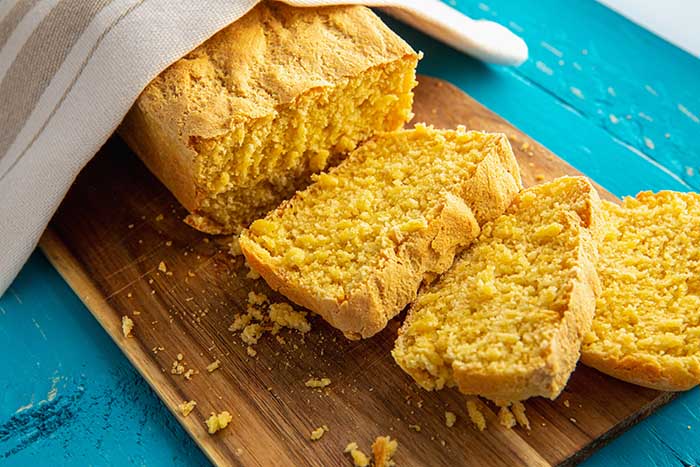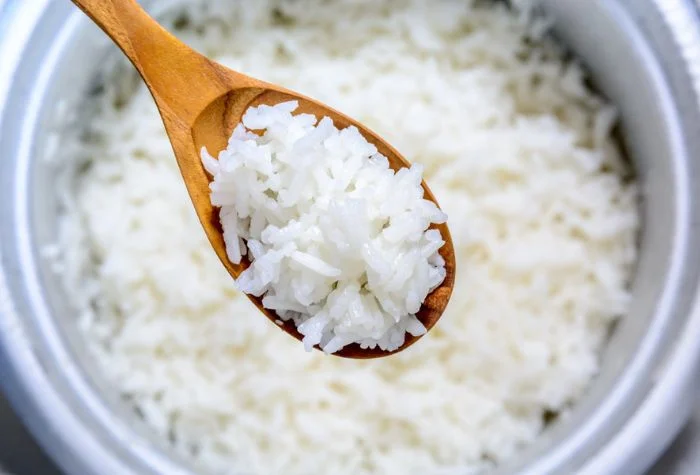Easy fennel seed substitute ingredients for cooking. Find the spice and herbs you can use to match the flavors of fresh and ground fennel seed.
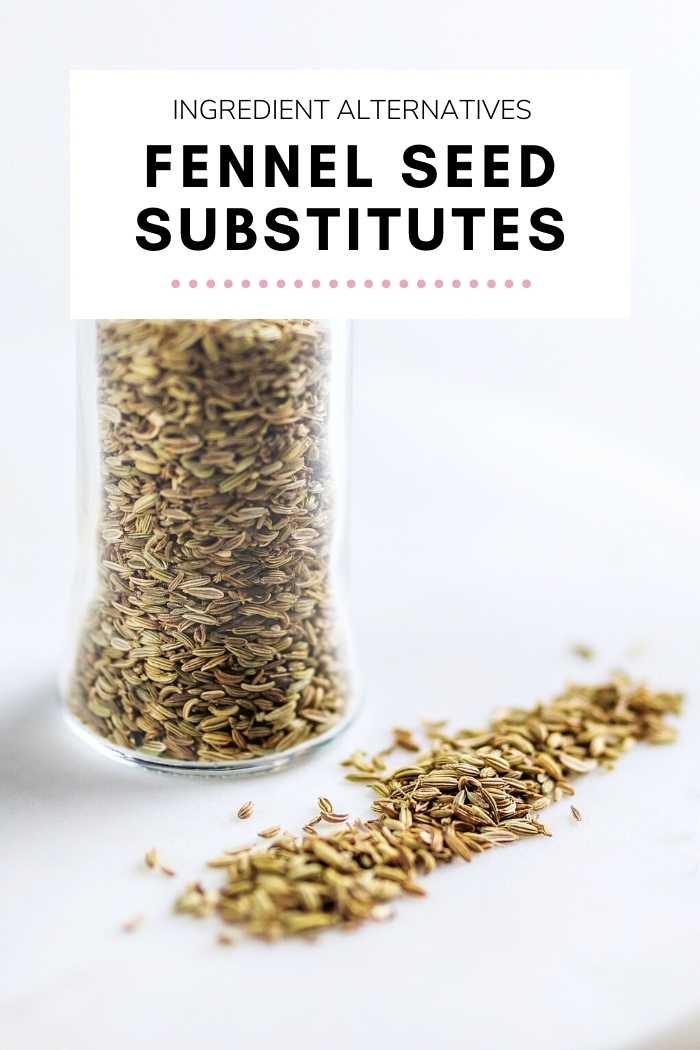
Fennel seed is a unique herb best known for its use in Middle Eastern and Indian cuisine, offering a beautiful layer of flavor to Kashmiri skewers, Lebanese kebbeh, or spiced biryani.
The fresh version of the fennel plant is used for garnish, but the seed is where the real magic lies. It has a mild and sweet flavor that makes it a key ingredient in Chinese five-spice powder.
But how do you replicate this special herb ingredient if you don’t have any at hand? These four easy fennel seed substitutes will help you avoid disaster.
The best fennel seed substitute is anise seed. The two ingredients have remarkably similar flavors, with the two herbs often confused for one another. If you find the licorice flavor of anise seed too overpowering, try caraway seeds for a milder taste.
Anise Seeds
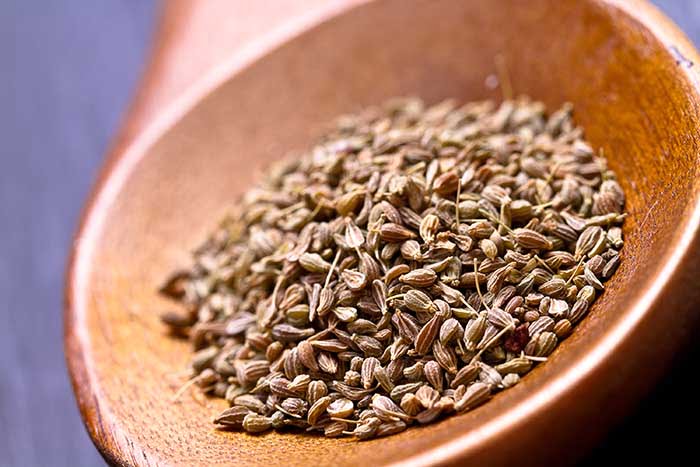
Anise seeds make for an ideal fennel seed substitute because it shares a really similar flavor profile. This is actually surprising because both anise seed and fennel seed originate from two different plant families. However, their taste profiles are so similar that they are often mistaken for one another.
One important thing to note though is that while their flavor profiles are almost identical, anise seeds are actually slightly smaller yet pack in a more pungent taste. In fact, if you cook fennel is a great substitute for star anise or anise seed for this reason. That said, you have to be careful not to use exactly the same weight of anise seeds as you would fennel seeds, otherwise you will completely overpower your dish. Anise seeds can also be used either whole or ground.
Liquorice Root
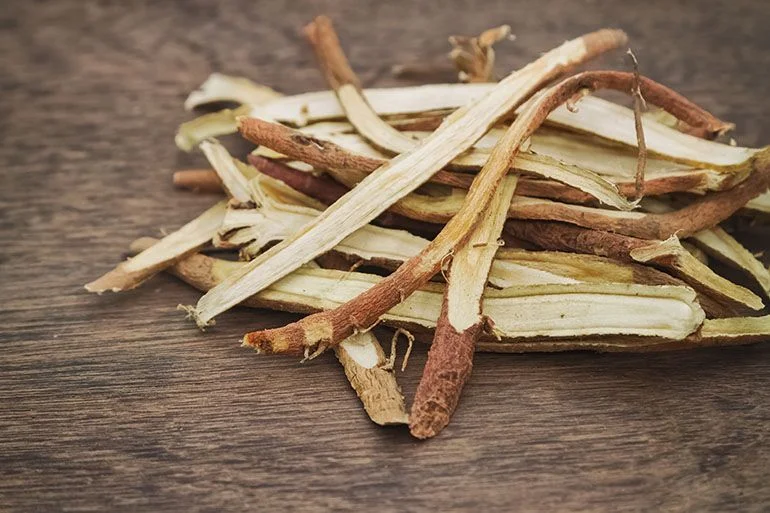
Also with a very similar flavor profile is liquorice root. Just like anise and fennel seed, it can be used in savory and sweet dishes alike.
Why does this come second as a runner-up then? Put simply: Its form. While anise and fennel seed are both in seed form, liquorice root often comes in either the form of woody roots or powder.
If you have it in root form, then you will have to steep it in hot water. This water is then used to flavor the dish. If you need it stronger, you will have to steep the root for longer.
However, if you’re using liquorice powder then be warned: It’s much stronger in flavor than fennel seed. As a result, be sure that for every teaspoon of fennel seed that a recipe requires, only use half a teaspoon of liquorice powder.
Caraway Seeds
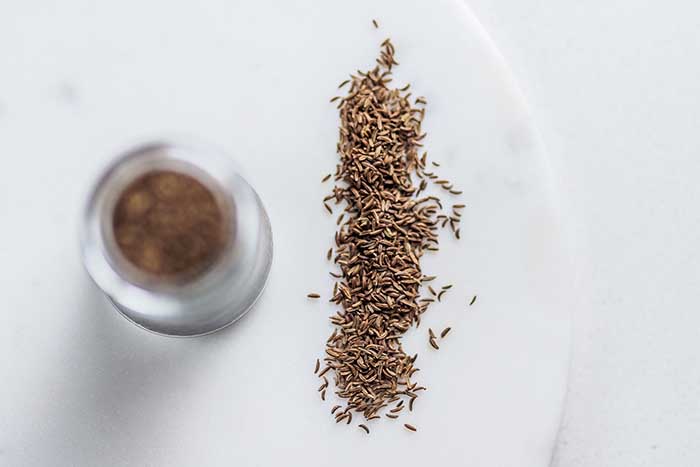
Your choice aren’t just limited to anise seed and liquorice though! Caraway seeds are quite similar in flavor profile to fennel seeds. However they do also contain a few other notes of flavor (particularly a nutty taste), and it also differs in its sweetness.
As a result, while it can make an ample replacement, it probably can’t be used in every recipe like-for-like. If a recipe calls for fennel seed then try to use your intuition. If a nutty taste profile is unlikely to go well, then steer clear of using caraway seeds.
It does however have a similar liquorice like taste to it, and it can still often be used interchangeably with fennel seeds. Rye bread recipes, for example, often say that you can use either caraway or fennel seeds.
Dill Seeds
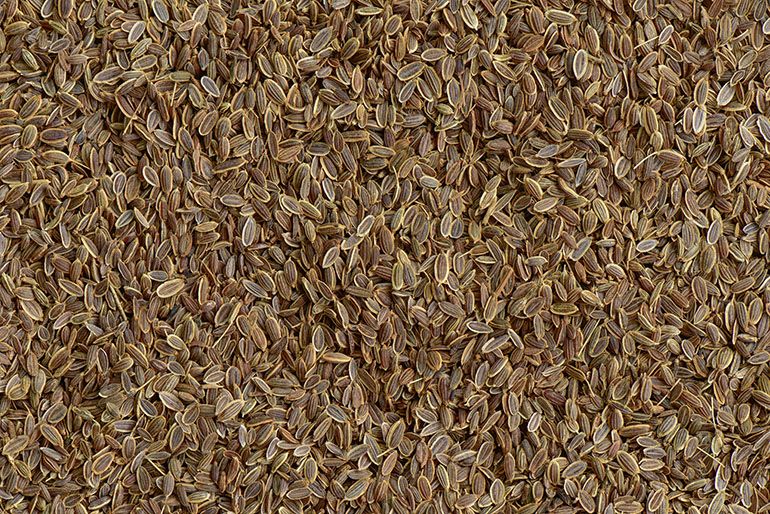
Last on our list is a relative of fennel seeds that are an outside shout if you do not have any liquorice or caraway at hand.
Fennel seeds actually have a very similar taste to caraway seeds, and therefore can be used in a very similar way. However just like caraway seeds they do not pack in the same amount of flavor as fennel seeds.
Cumin Seeds
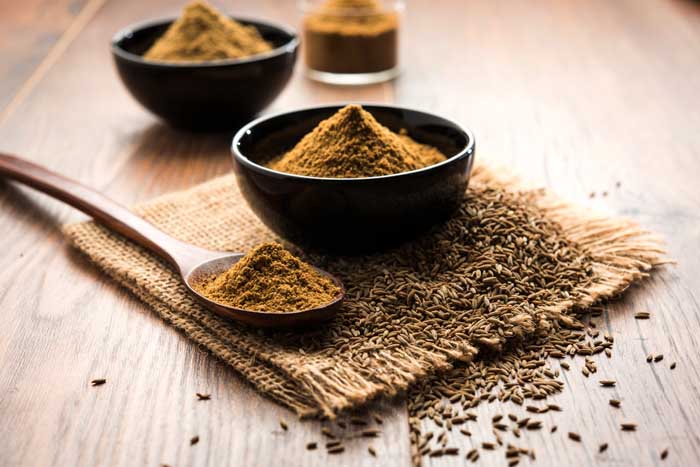
Cumin seeds sometimes called jeera in Indian recipes, come from the Cuminum cyminum plant. When you buy them in the store, they’re usually dried, oval-like, brown seeds, although you can also buy black, green, and white varieties. Cumin also comes in a ground, the powdered form that is slightly more popular.
Cumin seeds add a bit of warmth and bittersweet flavor to the recipes they feature in. Most recipes call for toasting them in oil at the beginning to infuse warm, herby flavors into the whole dish. Whole cumin seeds feature primarily in Indian recipes such as curries.
Cumin’s slight sweetness makes it a good replacement for fennel seeds, particularly in curries and other South Asian dishes. To get that hint of freshness that fennel seeds have, mix cumin seeds with celery seeds. However, never try to substitute powdered cumin for fennel seeds as the texture and flavor are completely different.
Mahlab Seeds
Mahlab, sometimes spelled mahleb, is one of the most unique spices out there. This seed comes from the inner pit of a special species of cherry called the Prunus mahaleb. The seed is extracted from the pit then ground before use.
Mahlab has a very sweet taste with some bitter undertones. People use it more often in sweet dishes compared to savory dishes. Mahlab is widespread from Greece and Egypt to the Eastern Mediterranean, where it features in pastries, scones, and breads made for religious holidays.
Like fennel seeds, mahlab has a slight bitter taste, which is why it makes a good substitute. However, mahlab seeds are much sweeter than fennel seeds. Try to use this substitution only for sweet recipes, or blend mahlab seeds with another type of seed to try to balance out the flavors.
The substitution also works the other way around, as a combination of fennel seeds and cardamom is great if you can’t find mahlab.
French Tarragon
French tarragon is a member of the tarragon or estragon herb family. It differs from the more common, Russian tarragon variety because it is sweeter. However, the flavor of French tarragon is much more intense than regular tarragon. It has a pronounced anise taste that makes it resemble licorice or fennel, which can be off-putting for some people.
Unlike fennel seeds, which you use the seeds from (obviously), when using French tarragon, you usually use fresh leaves. Most cooks add tarragon leaves to egg dishes or under the skin of poultry or fish when roasting to add a bright, fresh flavor to the dish.
Because French tarragon has such a pronounced anise-like taste, and fennel and anise taste so similar, French tarragon works well as a substitution for fennel seeds flavor-wise. However, the texture will be different because you use the fresh leaves and stems of tarragon to flavor food. If the texture of seeds is important to your dish, use a different substitute, not French tarragon.
FAQ
Is Fennel Seed a Spice?
Fennel seeds are classified as a spice, even though the flavor is more sweet and earthy than hot and spicy. Spices are not just ingredients that impart a spicy flavor onto food, but any dried plant matter that cooks use to flavor their food. Since fennel seeds are dried seeds of the fennel plant, they fall into this category.
Are Fennel Seeds Gluten Free?
Yes, fennel seeds are gluten free. No vegetables have gluten, so seeds that come from these vegetables also won’t contain gluten. If you’re preparing a meal for someone with a gluten sensitivity or Celiac’s disease, you can use fennel seeds to flavor your dish without worrying about making your guest sick.


